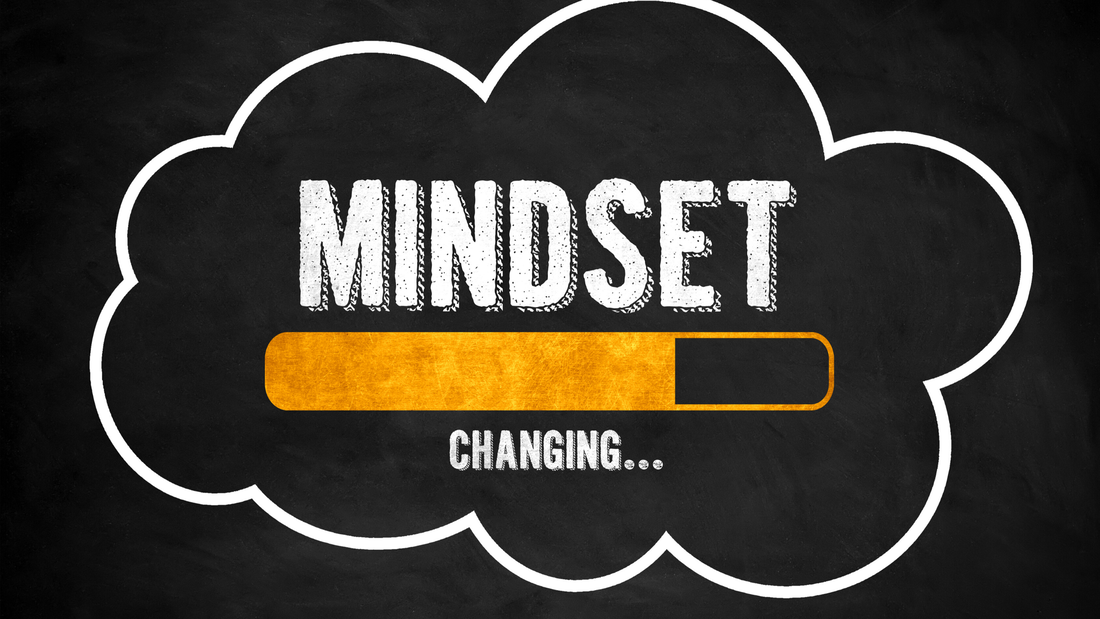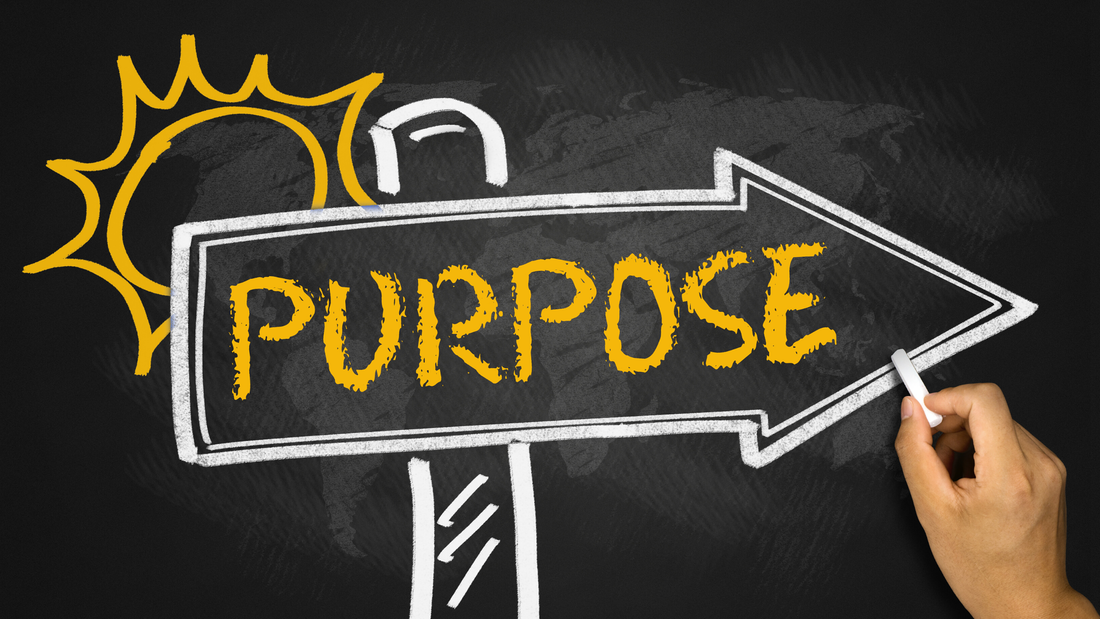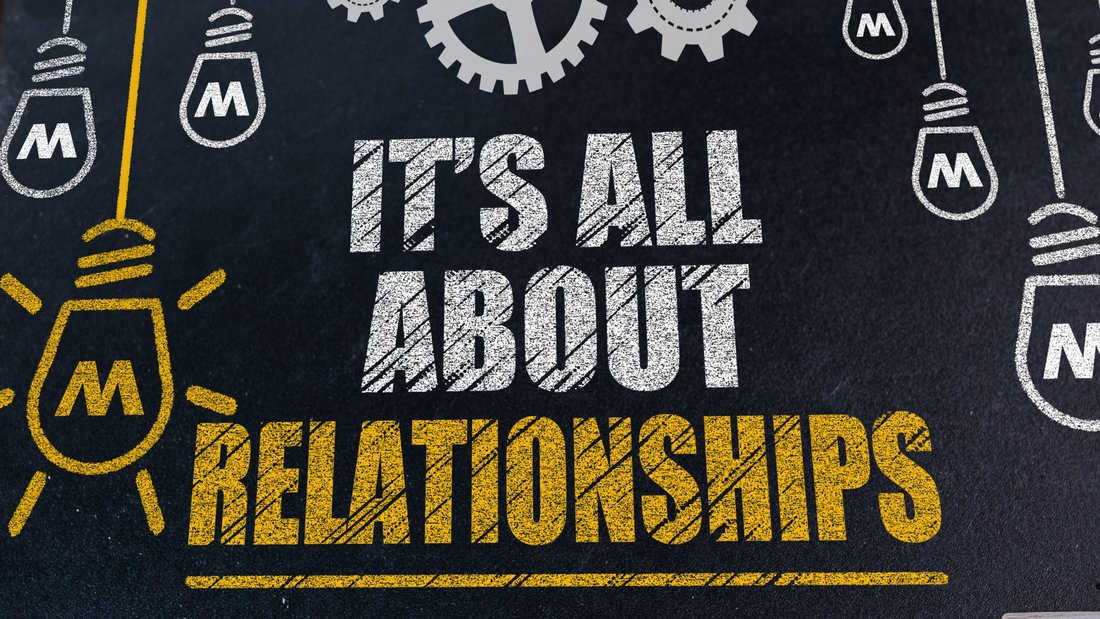Listen to this blog here.
Imagine being kidnapped at the age of 16 and forced into slavery for six years, only to finally escape and go on to live a life that engaged, empowered, and encouraged others, being such a positive influence to those around you that when you died millions of people celebrate your life every year on a day dedicated to your memory. Sounds like a fantasy, an exciting book, or some kind of movie! But that’s just what happened to a man named Patrick, affectionately known today as St. Patrick, who we celebrate every March 17, the day of his death—the day that we now call Saint Patrick’s Day.
St. Patrick died over 1,500 years ago and yet people are still celebrating his legacy. The question becomes, what immortal goals do we have—where the finish line lies beyond the measurement of our lives? To quote Darius Rucker’s song, “What will I leave that will go on forever? What can I do while I’m here to make someone’s life better?”
The idea is to reflect on how we can use our time today to set into motion positive changes than can continue to leave ripples even after our time on this earth is done. Such thinking is a call to action to choose our legacy now so that we can mindfully act on it today, rather than waiting until it’s too late and having it decided for us by default.
Is It Really Possible?
Some may argue that it’s impossible to decide our legacy while we’re alive, because our time has not yet been finished and we can’t control what others remember about us. There’s no arguing that truth. After all, it’s doubtful that during his lifetime St. Patrick ever imagined that millions of people the world over would be running around wearing green on March 17 because of him, so the point is not to get too hung up on the details of trying to predict what others will think, say, or do because of you—because we can’t control the thoughts, words, and actions of others! But the point is to decide what process we want to commit our lives to, and then give it all we’ve got.
Even our most beloved departed were woefully imperfect people, and the person who hates us in life will likely continue to carry that poison with them even after we’re gone. No matter! Why should you let that stop you? Choose something that matters, do your best, right your wrongs, focus on those who appreciate your efforts, and let everyone else do the same.
Stumbling Stones
There are a number of excuses preventing people from living life on purpose rather than by default. Perhaps they’ve been discouraged by others, hurt by past disappointment, settled for average, or simply lack the confidence. Whatever the “stumbling stone” may be, ultimately no one will ever change until they hurt enough that they have to change, learn enough that they want to change, and receive enough that they are able to change. My hope for you is that you’re empowered to live a life of meaningful passion that leaves a lasting legacy, regardless of circumstances and criticisms.
3 Factors for Initiating & Sustaining Your Legacy Work
In my evolving research I have discovered three major factors that contribute to lasting success. The good news is that these three factors can be cultivated, honed, practiced, and implemented, regardless of who you are, where you are, your currently abilities, and regardless of past experiences. You can start working on these three things immediately and see instant positive results today! And to enjoy their greatest returns you can continually practice them for ongoing growth and development. These three factors are mindset, purpose, and relationships:
1. Mindset
St. Patrick died over 1,500 years ago and yet people are still celebrating his legacy. The question becomes, what immortal goals do we have—where the finish line lies beyond the measurement of our lives? To quote Darius Rucker’s song, “What will I leave that will go on forever? What can I do while I’m here to make someone’s life better?”
The idea is to reflect on how we can use our time today to set into motion positive changes than can continue to leave ripples even after our time on this earth is done. Such thinking is a call to action to choose our legacy now so that we can mindfully act on it today, rather than waiting until it’s too late and having it decided for us by default.
Is It Really Possible?
Some may argue that it’s impossible to decide our legacy while we’re alive, because our time has not yet been finished and we can’t control what others remember about us. There’s no arguing that truth. After all, it’s doubtful that during his lifetime St. Patrick ever imagined that millions of people the world over would be running around wearing green on March 17 because of him, so the point is not to get too hung up on the details of trying to predict what others will think, say, or do because of you—because we can’t control the thoughts, words, and actions of others! But the point is to decide what process we want to commit our lives to, and then give it all we’ve got.
Even our most beloved departed were woefully imperfect people, and the person who hates us in life will likely continue to carry that poison with them even after we’re gone. No matter! Why should you let that stop you? Choose something that matters, do your best, right your wrongs, focus on those who appreciate your efforts, and let everyone else do the same.
Stumbling Stones
There are a number of excuses preventing people from living life on purpose rather than by default. Perhaps they’ve been discouraged by others, hurt by past disappointment, settled for average, or simply lack the confidence. Whatever the “stumbling stone” may be, ultimately no one will ever change until they hurt enough that they have to change, learn enough that they want to change, and receive enough that they are able to change. My hope for you is that you’re empowered to live a life of meaningful passion that leaves a lasting legacy, regardless of circumstances and criticisms.
3 Factors for Initiating & Sustaining Your Legacy Work
In my evolving research I have discovered three major factors that contribute to lasting success. The good news is that these three factors can be cultivated, honed, practiced, and implemented, regardless of who you are, where you are, your currently abilities, and regardless of past experiences. You can start working on these three things immediately and see instant positive results today! And to enjoy their greatest returns you can continually practice them for ongoing growth and development. These three factors are mindset, purpose, and relationships:
1. Mindset
Mindset refers to more than just a positive attitude. A positive attitude can get you started, but for sustainable momentum you need the backing of a solid core of internal resources that offer sustainable empowerment and confidence. The psychologist Carol Dweck suggests that positive development requires a growth mindset rather than a fixed mindset. Whereas a fixed mindset believes that intelligence is static and cannot be changed, a growth mindset assumes that intelligence can be developed over time and that we’re empowered to enact that positive change.
To support this growth mindset, in the book Psychology of Learning for Instruction, the educator Marcy P. Driscoll shares research suggesting that sustainable growth is the result of making positive attributes that are internal, stable, and controllable.
“Internal causes of success or failure are those factors within the person, such as ability, effort, and mood,” (p. 326) while external causes are ones that reside outside of an individual, such as the difficulty of a task, the attitudes of others, and presence or absence of assistance from outside sources, and so forth. Relying on internal causes supports a positive mindset.
For stability, this refers to the likelihood of the factors changing over time. For example the research suggests that “ability tends to be stable, whereas mood or luck is unstable” (p. 326). Relying on stable causes that are likely to continue supports a positive mindset.
Lastly, controllability points to the degree of influence you have over the causes of the success (or failure) of your work. For example, you alone determine how much time and effort you invest in your goal, however you can’t necessarily control getting sick and dying before your goal is complete. Relying on controllable causes supports a positive mindset.
To initiate and sustain your legacy, one of the key factors is to foster a positive mindset that focuses on growth caused by attributes that are internal, stable, and controllable.
2. Purpose
To support this growth mindset, in the book Psychology of Learning for Instruction, the educator Marcy P. Driscoll shares research suggesting that sustainable growth is the result of making positive attributes that are internal, stable, and controllable.
“Internal causes of success or failure are those factors within the person, such as ability, effort, and mood,” (p. 326) while external causes are ones that reside outside of an individual, such as the difficulty of a task, the attitudes of others, and presence or absence of assistance from outside sources, and so forth. Relying on internal causes supports a positive mindset.
For stability, this refers to the likelihood of the factors changing over time. For example the research suggests that “ability tends to be stable, whereas mood or luck is unstable” (p. 326). Relying on stable causes that are likely to continue supports a positive mindset.
Lastly, controllability points to the degree of influence you have over the causes of the success (or failure) of your work. For example, you alone determine how much time and effort you invest in your goal, however you can’t necessarily control getting sick and dying before your goal is complete. Relying on controllable causes supports a positive mindset.
To initiate and sustain your legacy, one of the key factors is to foster a positive mindset that focuses on growth caused by attributes that are internal, stable, and controllable.
2. Purpose
Having a clear sense of purpose gives you a meaningful goal to initiate and persist in the attainment of. To return to Dr. Driscoll’s research, she states that “when individuals set goals, they determine an external standard to which they will internally evaluate their present level of performance” (p.314), and when this standard is not yet met they will persist in their efforts. In short, deciding on the legacy you want to leave will give you the volition needed to sustain lifelong effort.
The poet Rumi reminds us, “Everyone has been made for some particular work, and the desire for that work has been put in every heart.” So the good news is that deep down you already know what it is you need to do, you just have to listen to its calling and integrate it into your life. And if you’re still unsure, then a good place to start is with your natural talents—what you do better than most people with little to no effort—and with your natural interests—the things that you think about even when you should be thinking about other things because you’re so fascinated by them. When you combine those two ingredients you discover work that is a joy to engage in because it’s work that you are fashioned to do.
To initiate and sustain your legacy, one of the key factors is to gain clarity of purpose of the work that you are fashioned to do.
3) Relationships
The poet Rumi reminds us, “Everyone has been made for some particular work, and the desire for that work has been put in every heart.” So the good news is that deep down you already know what it is you need to do, you just have to listen to its calling and integrate it into your life. And if you’re still unsure, then a good place to start is with your natural talents—what you do better than most people with little to no effort—and with your natural interests—the things that you think about even when you should be thinking about other things because you’re so fascinated by them. When you combine those two ingredients you discover work that is a joy to engage in because it’s work that you are fashioned to do.
To initiate and sustain your legacy, one of the key factors is to gain clarity of purpose of the work that you are fashioned to do.
3) Relationships
Humans are social creatures and when we work together in a spirit of collaboration this social negation offers multiples perspectives that empower us to gain insights and solutions that we would never be able to discover on our own, helping us to construct new and novel solutions to sustain our growth. These relationships go in three major directions: relationships with mentors, peers, and newcomers.
Mentors are the ones who do what you want to do and have been where you want to go. They know the way, show the way, and go the way with you. Developing a high value relationship with a worthy mentor is one of the most beneficial steps you can take to enact lasting growth.
Developing high value relationships with peers is also valuable because they are the ones who can most relate to you, and you can bounce ideas off of each other and support one another in your personal and professional lives.
Lastly, finding newcomers to mentor yourself can be one of the most personally rewarding kinds of relationships you can develop. It’s been said that to truly know something you must be able to communicate it to others, and since your own mentors have poured so much value into your life, it’s certainly fitting that you honor them by paying the blessings forward.
To initiate and sustain your legacy, one of the key factors is to develop high value relationships with others.
Reflection
Mentors are the ones who do what you want to do and have been where you want to go. They know the way, show the way, and go the way with you. Developing a high value relationship with a worthy mentor is one of the most beneficial steps you can take to enact lasting growth.
Developing high value relationships with peers is also valuable because they are the ones who can most relate to you, and you can bounce ideas off of each other and support one another in your personal and professional lives.
Lastly, finding newcomers to mentor yourself can be one of the most personally rewarding kinds of relationships you can develop. It’s been said that to truly know something you must be able to communicate it to others, and since your own mentors have poured so much value into your life, it’s certainly fitting that you honor them by paying the blessings forward.
To initiate and sustain your legacy, one of the key factors is to develop high value relationships with others.
Reflection
- What will your legacy will be if you died today? What legacy has your actions up until this point built?
- What do you want your legacy to be? Why is this important to you? Write it down in one sentence.
- What are you doing today to contribute to your legacy?
- What advice would you give someone who’s considering their legacy?
Final Thoughts
One of my mentor’s, John Maxwell, asks a meaningful reflection question: “What kind of a bridge are you building for those who follow?” And isn’t that what a legacy is all about? It’s about leaving something that will go on even long after we’re gone, just like St. Patrick’s work. Today I encourage you to initiate and sustain in your work of building a bridge that will be used by those who follow in your footsteps, by focusing on your mindset, purpose, and relationships.
One of my mentor’s, John Maxwell, asks a meaningful reflection question: “What kind of a bridge are you building for those who follow?” And isn’t that what a legacy is all about? It’s about leaving something that will go on even long after we’re gone, just like St. Patrick’s work. Today I encourage you to initiate and sustain in your work of building a bridge that will be used by those who follow in your footsteps, by focusing on your mindset, purpose, and relationships.
Views: 105
Comment
© 2026 Created by MyPeace Media.
Powered by
![]()




You need to be a member of MyPeace.TV to add comments!
Join MyPeace.TV